Surf Parks and wave technology have come a long way since the first Surf Park Summit in 2013. We heard this loud and clear earlier this month, when more than 200 surf park developers, wave technology innovators, CEOs, and surfing legends came together in San Diego for Surf Park Summit 2021. We heard talks across themes like surfing culture, surf park safety, surf park experiences, investing, permitting, and much more. What many people may not realize, however, is the engineering and science that’s required to build a surf pool. That’s where Sea Engineering comes in.
Sea Engineering, founded by watermen Kala Kukea, Bob Rocheleau, and Scott Sullivan in 1973 in Hawaii, specializes in offering a unique set of ocean and coastal engineering and commercial diving and marine construction services. It’s a demanding and highly specialized field that’s garnered them recognition from around the world. Their engineering capabilities span from seafloor mapping to marina planning, to artificial reef and shoreline design, to beach restoration and wave modeling. The latter has been an essential service for surf park industry leaders.
Sea Engineering utilizes cutting edge computational fluid dynamics (CFD) modeling techniques–a powerful numerical simulation of the physics responsible for water motion–to quantitatively evaluate the performance of proposed new wave generation technologies, as well as to assess the surfability of those waves as they travel into the surf basin.
Recently, we caught up with Chris Goody, an ocean engineer and project manager at Sea Engineering, to tell us more.
Sea Engineering Q&A with Chris Goody
About Chris: Aloha everyone — let me start off by saying, I probably have one of the rarest jobs in the engineering world, which is most commonly categorized as ocean engineering. Spotting one of us can be so uncommon, it’s basically like we’re the unicorns of the engineering profession. And so I’m a senior ocean engineer and project manager for Sea Engineering, Inc., a well-known coastal engineering, marine construction, and commercial diving firm on O’ahu. I’m kama’aina from Hawai’i, grew up in Kane’ohe, and went to Punahou High School. I went to Florida Tech for a B.S in ocean engineering—one of the few universities in the world that offered that program as an undergrad—and where I remember seeing Kelly Slater as a young grom ripping at Sebastian Inlet, where I’d surf in-between classes some days. After graduation, I moved back home to Hawai’i and earned a master’s degree in ocean engineering from the University of Hawai’i at Manoa. Over the last two to three decades, I’ve served multiple roles in varying types of ocean and coastal engineering jobs, from marine vehicle design to diving inspections and maintenance of submerged structures like pipelines and piers, to coastal erosion mitigation, shore protection structures and artificial reef design, to advanced numerical modeling of wave conditions and coastal flooding using high-performance cluster computing.
Surf Park Central: Please describe your range of capabilities in surf parks and wave pools.
Chris: Sea Engineering possesses a diverse yet unique set of skills related to engineering in the marine environment—to which, all surf parks and wave pools belong. We are able to assist surf park developers and designers with a wide swathe of wave and water-related engineering and design considerations as well as numerical simulations and research and development, all of which may be required during the planning, design and construction stages of their projects. In addition to engineering and design assistance, we also offer experienced hands-on support with a crew of professional engineers and engineering/commercial divers for prototype testing or new systems startup, including activities like: underwater structural inspections and submerged maintenance activities; deployment of in-situ monitoring instrumentation such as wave gages, pressure sensors and current meters; corrosion monitoring; and, general in-water troubleshooting and technical support.
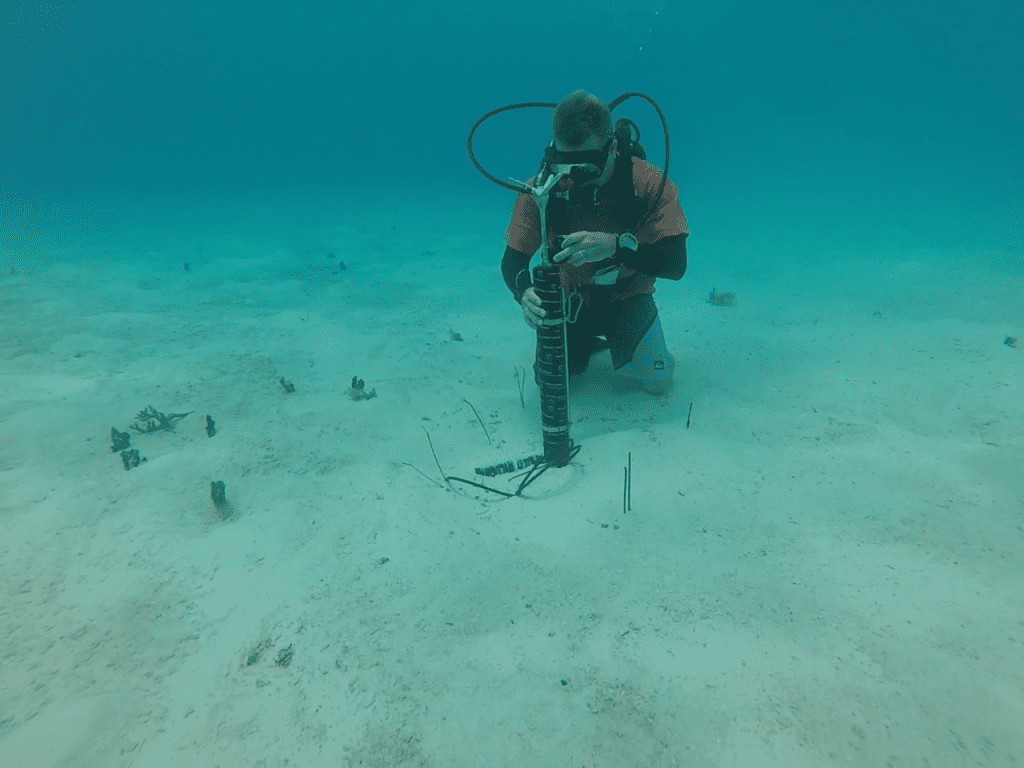
What services are you offering now to surf park leaders?
In recent years, we’ve worked with a number of different clients to develop high resolution computational fluid dynamics (CFD) models, which are a complex but powerful type of numerical modeling used to simulate the physics of fluid (air & water) motion, to quantitatively measure the performance of proposed new wave generation systems, and similarly to assess the surfability characteristics of those waves, which are often breaking over proprietary bathymetry (bottom contours), through use of high fidelity animated visualizations of the CFD data.
It’s worth noting briefly for the layperson, that numerically derived CFD visualizations are very different from “rendered animations,” which are essentially cartoons of what an artist “envisions” the wave to look like. By contrast, CFD visualizations are based on hard numbers calculated from the actual complex physics that control wave generation and breaking, where things like water velocities, pressures and forces can be directly obtained anywhere in the model.
Sea Engineering has also designed adaptive shoreline concepts to aid in absorbing excess wave energy in the surfing basin in order to attenuate unwanted surge, reflections, and basin oscillations in the pool or lagoon, keeping the lineup smooth and chop-free. For one particular client, we’ve performed extensive R&D related to wave flume testing of undisclosed materials for shoreline treatments, as well as concept development for adaptive reefs. We’ve also assisted partner engineering disciplines within a project effort by supplying design criteria such as maximum wave forces for structural elements like mechanical supports, basin walls, safety nets, etc. within the wave basin, or by providing design high-water levels for required wall heights around the basin, and so on. Come to think of it, we’ve provided an incredible amount of supporting data and design criteria for multiple elements of engineering and construction within a surf park basin.
Do you surf yourself? How does this help your work?
Absolutely, every chance I get. Over the years, surfing has become a lifestyle for me, so I try to carve out enough time on most days for at least a quick session just to stay sane. I think being a surfer clearly helps in this business, to have an instinct for what will work or what probably won’t, technically at least, actually, it seems like being a surfer should almost be a prerequisite for this line of work—think about it, can you imagine going to a restaurant where the chef didn’t eat their own cooking? In general, I think the experience from decades of surfing — and not just myself, but much of the staff here at Sea Engineering as well — plus all the time spent underwater for work has provided useful intuition for how things behave in the water, and particularly in the surf. And I think the instincts gained from decades of experience working and playing in the water are very complementary to the technical ocean engineering knowledge gained from the classroom and office environments.
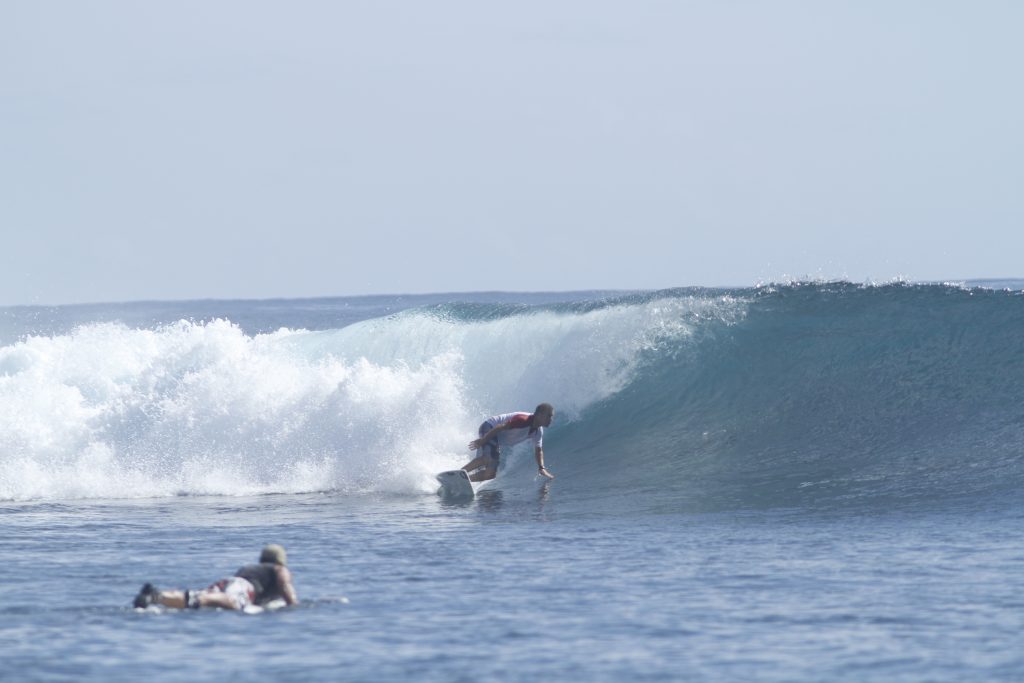
And in addition to being out in the lineup, I also shape boards under the label Makau Surfboards. Over the years and several iterations, I’ve developed, designed, and fabricated a custom 4-axis shaping machine called Surfbot, in a little shop that’s hidden away in the jungle somewhere in Ko’olauloa, where I make stringer-less EPS/epoxy shortboard.
What personas of surf park developers or operators have you worked with before?
A majority of the work we’ve performed in the surf park business was for Kelly Slater Wave Co/WSL, starting around 2014 I believe, doing some CFD wave model validation for their as-yet unconstructed and secret Surf Ranch 1.0 wave. That was a really exciting time to be a small part of that historic moment. And fortunately, that work also opened the door for several years of working closely with those folks, on a wide spectrum of subjects, encompassing design work, R&D, and requiring many site visits. Some other players we’ve worked with include Westlake Wave Co., Swellspot, and Highwave (an artificial reef designer).
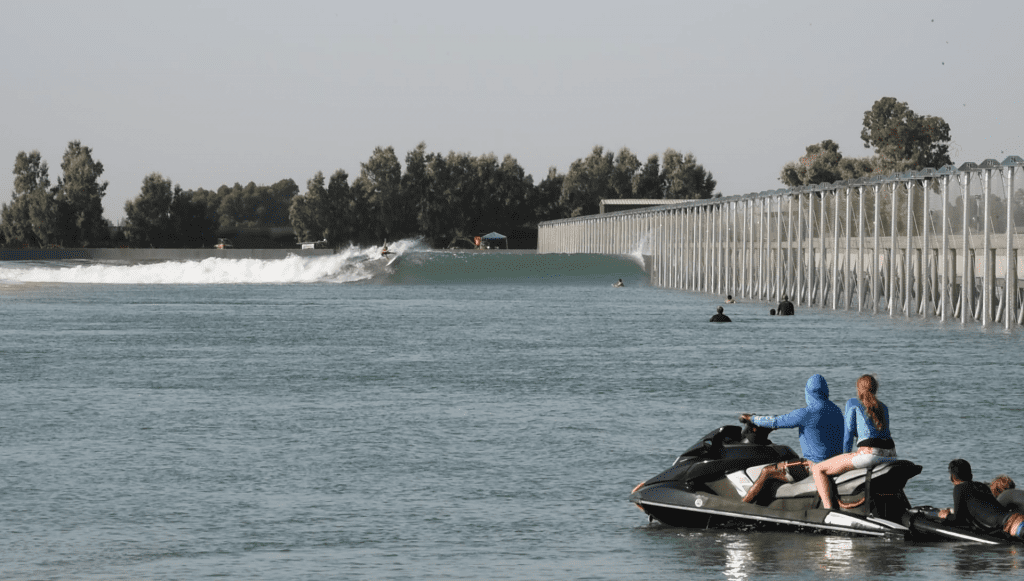
What types of challenges do these customers come to you with?
Many of the undertakings clients come to us with involve some form of wave modeling, either to predict or validate wave quality of new or modified bathymetry, or to test new wave generation methods or mechanisms. Designers, investors and stakeholders want to have an idea early on in the design cycle of what the wave will look like and how it will perform, all without having to build expensive scale models or full-sized prototypes for each iteration. And that is where the true power and efficiency of CFD wave modeling pays for itself over and over again. On some occasions, clients actually come to us with the exact opposite problem believe it or not—searching for ways to eliminate wave energy. Because once the rideable section of the wave has completed, and you’re left with whitewater and turbulence within the limited confines of the wave basin, these unwanted features can quickly add up to large unwanted oscillations and choppy conditions after multiple successive waves. And in some configurations, these conditions have the potential to significantly degrade wave quality if not properly mitigated.
How does Sea Engineering uniquely solve these challenges using modeling techniques or technology?
Numerical wave modeling is complex and resource-hungry, particularly for CFD simulations. Sea Engineering utilizes parallel computing and high-performance clusters to tame these massive simulations, which can still take days or sometimes weeks to complete, even using hundreds of processors (CPUs). These types of simulations would otherwise be near impossible or take infeasibly long to complete, even on some of the best high-performance desktop workstations. Parallel computing and advanced numerical models allow us to relatively quickly develop accurate and detailed simulations of waves at all stages, from generation to breaking to attenuation, sometimes on the order of centimeter-level discretization (resolution). This degree of detail provides the designer with an ability to really pick apart the wave’s anatomy, ultimately enabling control over everything from barrel shape and hollowness to peel angle, shoulder width, and wave speed.
Have you come across any best practices or common challenges in wave pool modeling?
Some of the best modelers out there all say the same thing when it comes to simulating a new situation or condition: Simplify, and work up from there. For this business in particular, some wave pool configurations can be very complex, and we’ve found it’s very useful if not required to start small to quickly test your setup and work all the bugs out. Even simple 2D analyses can be very useful for quickly optimizing parameters that control wave shape, like pool depth and bottom slope. Once you have a good basic working model of your setup, then you can begin to increase complexity by incorporating additional features or increased resolution.
Any lessons learned you can share about how to make new projects successful?
Well, one thing I might recommend, for wave technology developers and inventors in particular, is that when doing your research into a new concept or idea, listen to what the data and results are telling you. When experimentally testing or numerically modeling a new feature for a wave basin, let the data take you where it leads, and move forward accordingly. Let the data guide you as you try to develop your idea; and just as importantly, let it eliminate the not-so-promising concepts or ideas if that’s what the data supports, potentially saving you big bucks and lots of time. Science is the key to unlocking the recipe for making perfect rippable surf.
How can people get in touch?
That’s easy, anyone that wants to learn more, particularly interested surf park or wave technology developers or stakeholders, can find us at www.seaengineering.com, or can contact me directly at [email protected]. We’ll be more than happy to discuss how we can support your project needs.


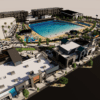
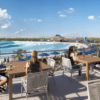
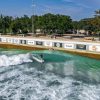
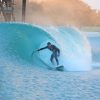

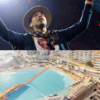
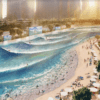
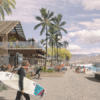
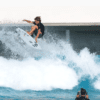
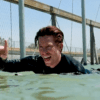

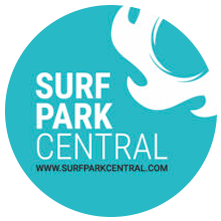


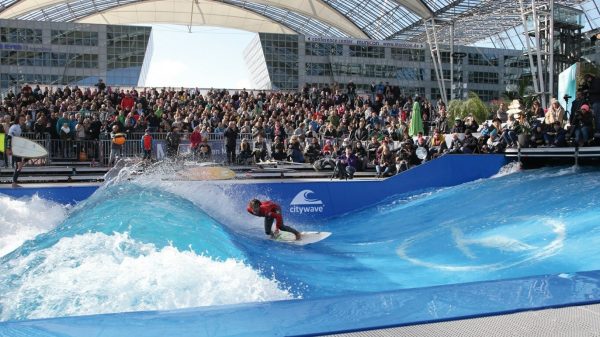
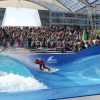

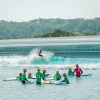


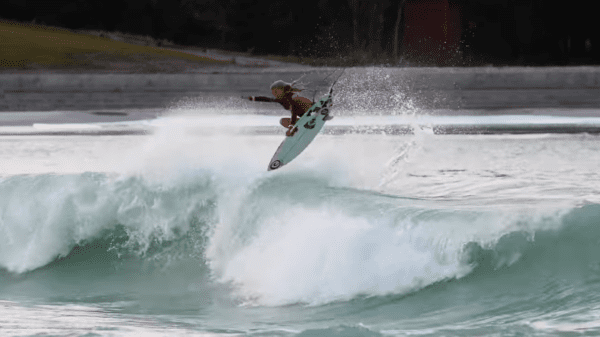
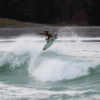
You must be logged in to post a comment Login